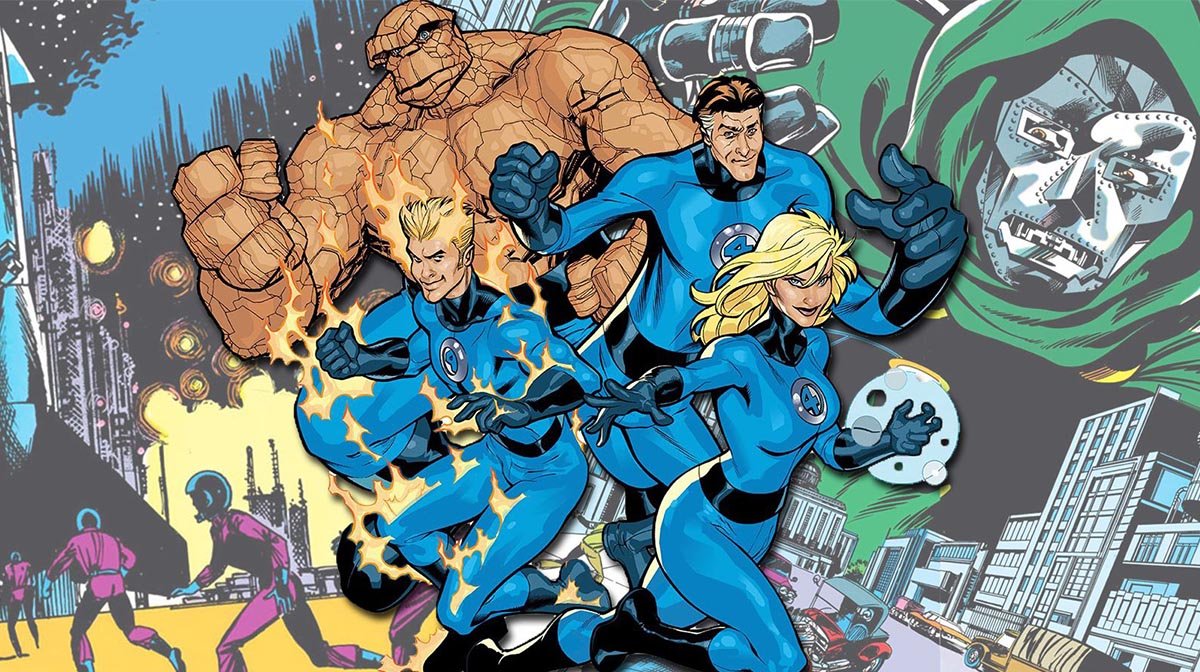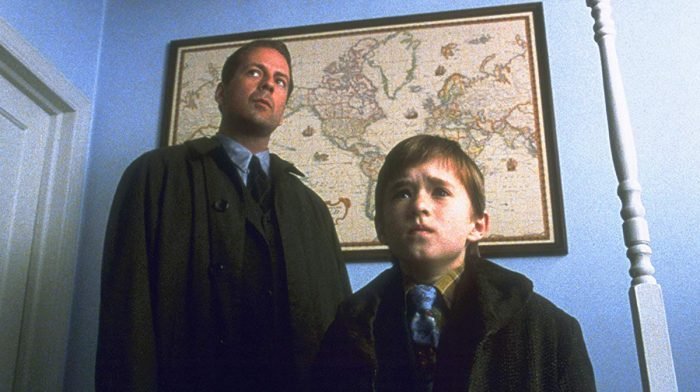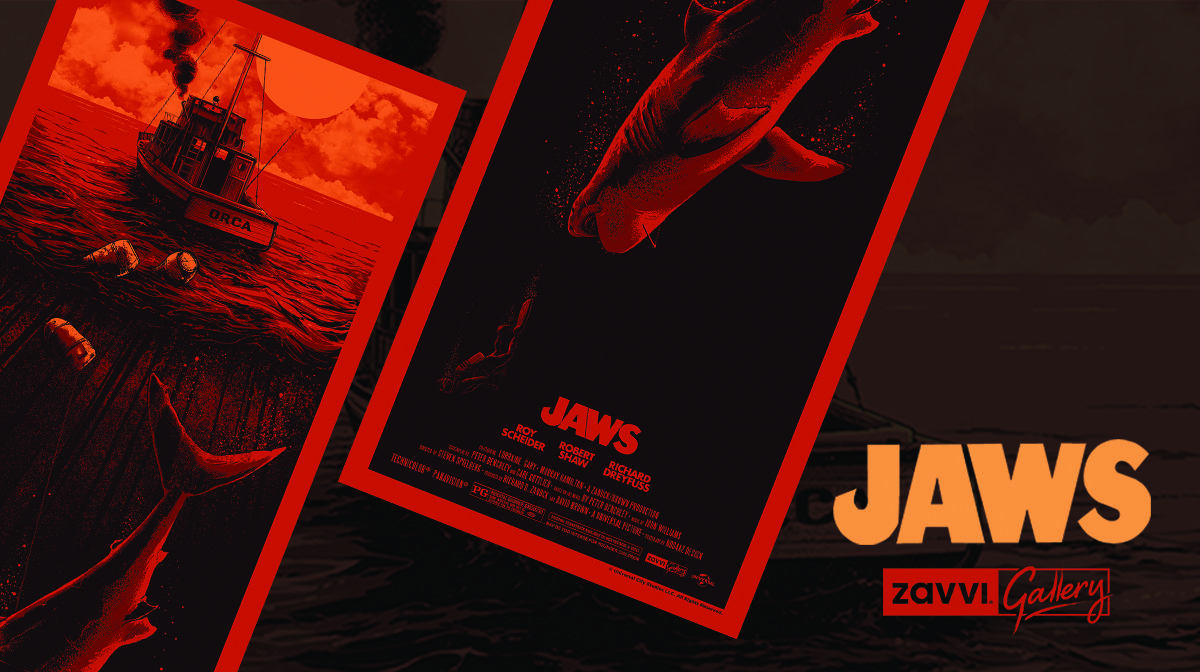It’s rather unfair to generalise, but if Fable: The Journey is likely to hypnotise one particular audience above all others, it’s the somewhat unforeseen one of young, pre-teen girls. This is because – and again, sorry to generalise – for all of its heady action and the legit sense of adventure, it’s fundamentally a game about your relationship with a horse named Seren. When riding alone, your character barely stops speaking to her, and your goal (except when you’re forced to make a hasty escape from someone or something) is to make sure that you never hurt or endanger her. This means ensuring that you slow down when traversing rough terrain, that you don’t exhaust her when you’re moving at speed, and that you regularly (and carefully) tend to her at one of the game’s frequent, dedicated pit-stops.
It helps that the horse-riding half of Fable: The Journey is unquestionably the better one. Although half of your body is off-camera – the game, thankfully, is played sitting down – it does a frankly startling job of registering gestures that aren’t even captured properly. Steering Seren involves pulling one hand towards your chest and the other out towards Kinect, and bizarrely, this always works better when your outward hand is below the device’s view-line. This is the first Kinect game to go completely to pot whenever you try to ensure that you’re actually being rendered by the thing. Obviously, this isn’t a problem; all it does is briefly make Kinect feel like witchery. Sadly though, the peripheral doesn’t fare anywhere near as well during action sequences.
Combat in the (much underrated) Kinect Star Wars felt about as good – and responsive – as combat possibly could do in a Kinect game. You were constantly asked to hurl fireballs (or force blasts, sorry) around each environment, but there was always a little bit of leeway; direct your attack in the general direction of an enemy, and the game would do the rest of the work for you. This may have been a hand-holding exercise but it meant that the game consistently worked, and Fable: The Journey’s problem is that it isn’t interested in following the same recipe. The combat here does function, but it makes such specific demands of you that if you step away from Kinect for even a few seconds, you’re forced to re-acclimatise on your return.
So if you want to take down an enemy who’s sitting in the top right-hand corner of your screen, you’ll have to learn exactly where Kinect thinks that you think that is, and although the combat works rather well once you’ve figured that out, it’s hardly intuitive. The action sequences are actually pretty entertaining when you’re in that zone, but one thing in particular stops this from becoming really problematic. After a while you’re forced to deal with enemies hiding behind cover. To do this, you hurl a projectile in one direction, before quickly re-directing it in mid-flight, and this second gesture doesn’t demand anywhere near the same amount of precision. Once you get to grips with that you’ll use it almost constantly, and the game will give you way fewer headaches as a result.
The world of Albion is as impeccably good-looking as ever, and the story – what there is of one, at least – is never less than engaging. It’s head-bangingly formulaic – you’re the archetypal, kind-hearted, fish-out-of-water hero on a dangerous, fortuitous quest – but it’s never condescending, and it’s mostly bereft of needless plot and back-story. Humour still plays a big part, and on that score this is very much the Fable of old: one part Monty Python and three parts (slightly) nauseating Christmas pantomime.
Side missions have been included (somewhat surprisingly) and choosing to partake in them involves either stopping in a dedicated area, or hurling projectiles at one of a small handful of wooden barriers, none of which are particularly well hidden. The majority of these missions involve doing battle with a few enemies or solving an elementary puzzle, before you’re presented with a small treasure chest for your troubles. These side quests will only be of interest to people who are enjoying the fundamentals of play, and although you have to work a little too hard to join that demographic, it really is an enjoyable experience once you’re there. Overall, and much like Kinect Star Wars, Fable: The Journey is a mythical entity that some people still refuse to believe in: a very good Kinect game.
Fable: The Journey is currently due for release on Friday, October 12th 2012.
Watch the launch trailer for Fable: The Journey below:










